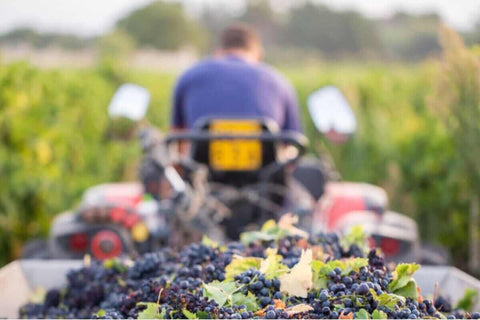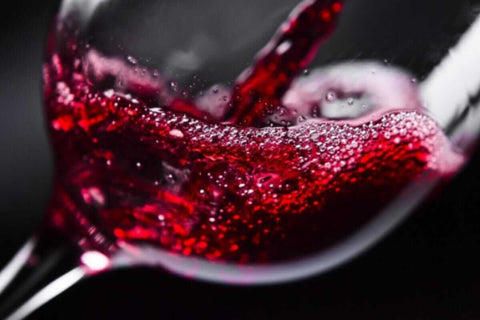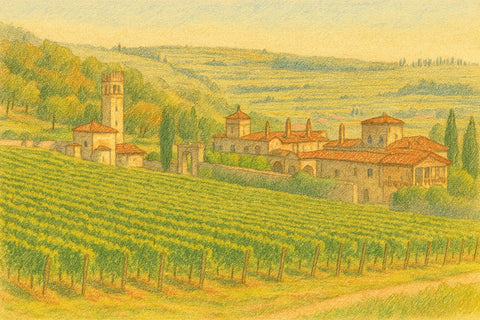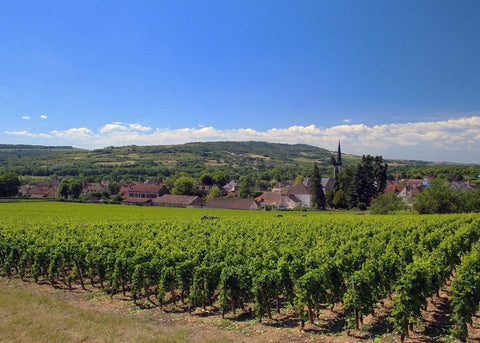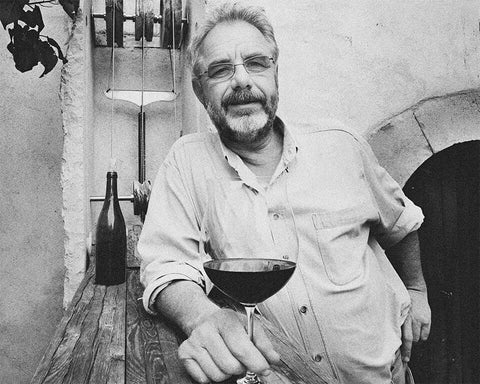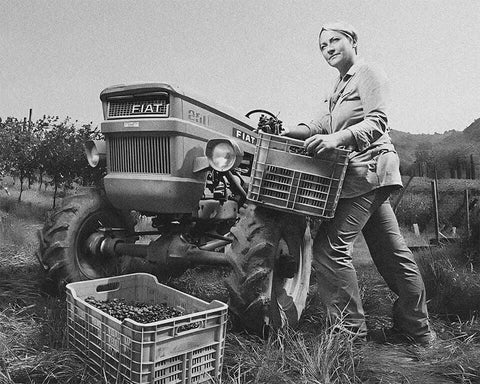Négociant wines make great wine more accessible—uniting skilled sourcing, transparent labeling, and low-intervention cellar work. This guide explains how négociants operate, where they excel, and how they intersect with natural wine. Learn the differences between classic merchants and Négociant-Manipulant, what to expect in the glass, and how to shop smart for organic, biodynamic, and low-sulfites bottles.
An Introduction to the World of Négociant Wines
In wine’s business lexicon, négociant (from négocier, “to negotiate”) denotes a merchant who buys grapes, must, and/or finished wine, then vinifies, blends, bottles, and markets under their own label. The spectrum runs from pure merchants to hands-on makers. Understanding this model clarifies provenance, quality signals, and price—especially in regions where farming and branding are separated by design.
The Historical Role of Négociants
In Burgundy, the Rhône, and Champagne, négociants solved 19th–20th-century bottling, storage, and export constraints. Smallholders focused on viticulture while merchants handled élevage, blending, and distribution. The arrangement professionalized bottling, stabilized quality, and created international markets for otherwise tiny vineyard parcels.
Modern Models: NM vs Estate & Transparency
- Pure Négociant: Primarily purchases wine or must; focuses on blending, brand, and market reach.
- Négociant-Manipulant (NM): Buys grapes, makes the wine (common in Champagne and natural wine projects). See our primer on French wine classifications.
- Vigneron Indépendant (Estate-grown): Farms, ferments, and bottles in-house; may still supplement with purchased fruit in difficult vintages.
Today, best-practice labels disclose source (village/parcel), farming method, and cellar inputs—key for informed buyers.
Négociants & Natural/Organic/Biodynamic Wine
Many contemporary négociants align with low-intervention values, sourcing from organic, biodynamic, or regenerative farms and minimizing inputs. Expect native-yeast fermentations, restrained oak, and careful SO₂ management (learn the basics of low-sulfites wine). This model can scale natural wine without abandoning transparency or site character.
Want to taste the style? Browse our best-sellers in natural wine.
Advantages of Opting for Négociant Wines
- For growers: Stable outlets, faster cash flow, and technical support.
- For consumers: Access to prestigious regions at approachable prices; consistent quality through blending and parcel selection; broader style diversity.
- For regions: Reduced waste (fruit finds a home), stronger export networks, and resilience in tough vintages.
Concerns about “authenticity” are valid—but modern disclosure and responsible sourcing narrow the gap between merchant and estate expressions.
How to Shop for Négociant Wines
- Scan the back label: Look for grape source, villages, and farming method (organic/biodynamic/regenerative).
- Check inputs: Seek native yeast, limited additives, and modest sulfite use where desired.
- Calibrate style: Merchant cuvées often emphasize balance and drinkability; single-parcel bottlings deliver sharper terroir edges.
- Start here: Our editor-curated best sellers showcase low-intervention négociant projects alongside estate wines.
Conclusion
The négociant model remains vital—especially for natural wine—broadening access while rewarding rigorous sourcing and transparent cellar work. When labels communicate origin and practice, négociant wines can be every bit as characterful as estate bottlings—and often more affordable and available.
Quick FAQ
Is a négociant wine “less authentic” than estate wine?
Not inherently. Authenticity hinges on farming, sourcing transparency, and cellar choices—not ownership structure.
Are all négociant wines “natural”?
No. Look for explicit mentions of organic/biodynamic sourcing and low-intervention methods.
Do négociants add more sulfites?
Not necessarily. Many modern projects pursue low-sulfites protocols to preserve freshness and terroir clarity.
